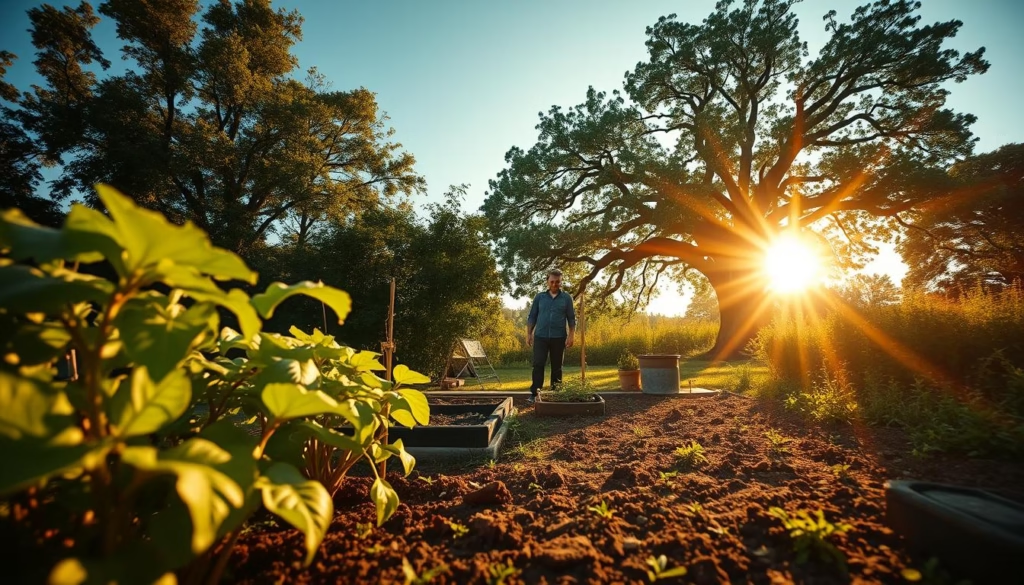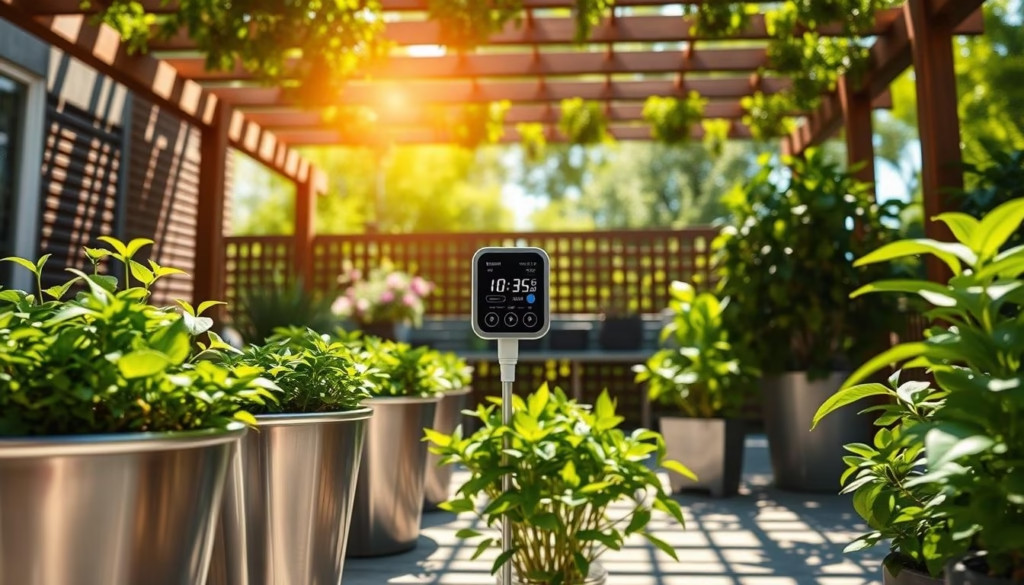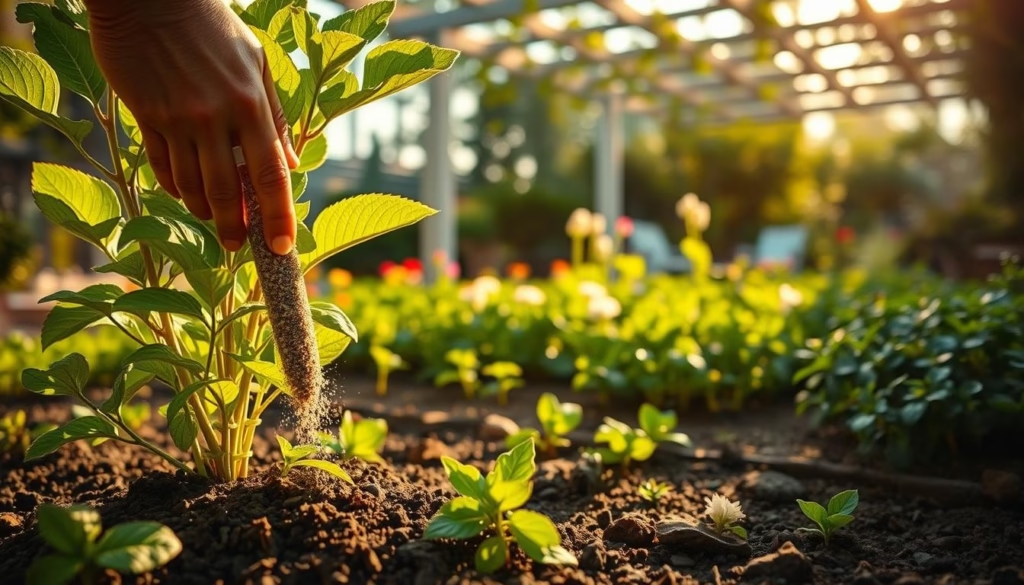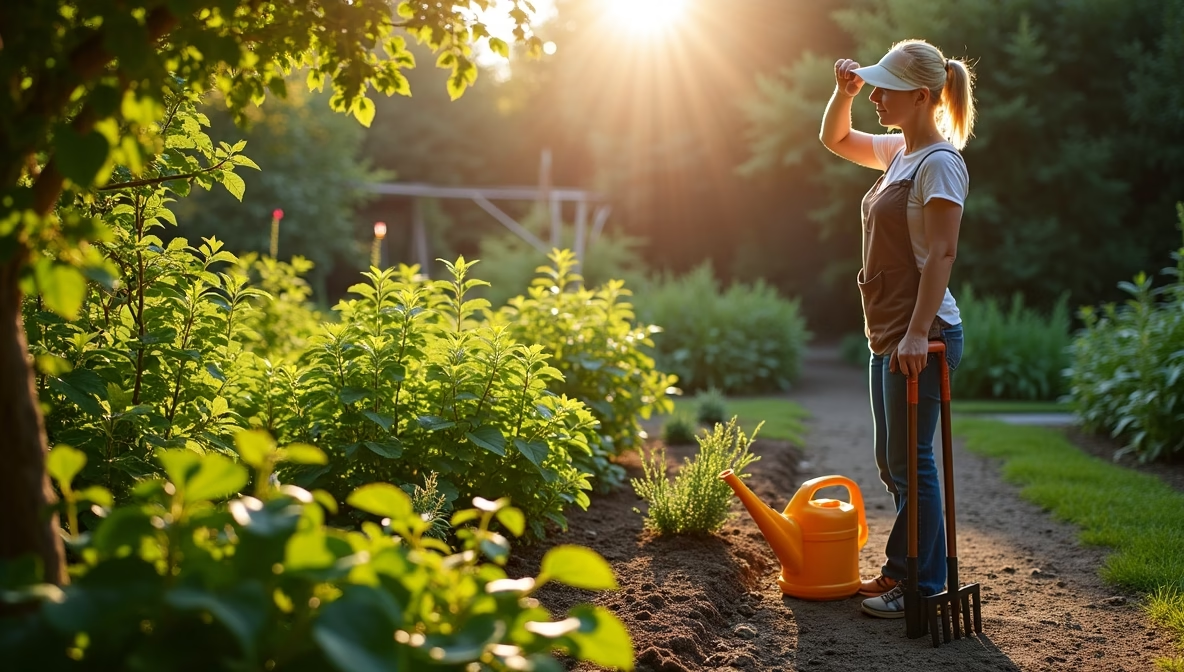Gardening is a rewarding hobby that lets people connect with nature and make their surroundings beautiful, whether nurturing a strawberry shake philodendron, a peperomia pixie lime, or vibrant orange flowers wild. However, exposure to peak sun can harm both the gardener and delicate plants like plants with variegated leaves or alocasia rugosa.
A gardening expert advises avoiding certain tasks during the hottest part of the day to prevent damage and keep the garden healthy, whether you’re tending to low-growing perennials that bloom all summer, a hawaiian ginger plant, or a yellow hosta. The intense sunlight and heat can stress plants, especially when they are being handled, pruned, or transplanted, impacting everything from bush variety tomato plants to shelf plants.
It’s important to understand how morning sun vs afternoon sun affects plants. While sunlight is key for plant growth, too much, especially during peak hours, can be harmful to sensitive varieties like philo paraiso verde, ghost philodendron, or philo dark lord.
Key Takeaways
- Avoid pruning during peak sun hours to protect plants like hosta sun power or mums and marigolds.
- Water plants in the early morning or late afternoon, ideal for terracotta strawberry pots or perennial ryegrass seedling.
- Provide shade for sensitive plants, such as plant snow queen or variegated burle marx, during the hottest part of the day.
- Be cautious with fertilizers like foliage pro fertilizer and pesticides, including moxie pest control, during peak sun.
- Monitor soil moisture to prevent dehydration, especially for small palm or chia herb garden.
Understanding the Impact of Peak Sun Hours on Your Garden

Knowing how peak sun hours affect your garden is key to keeping it healthy, whether you’re growing scandi tree, hot wing maple, or balsam fir vs fraser fir. Peak sun hours, from 10 am to 4 pm, have the strongest sun rays. This strong light can help or harm your garden, depending on the plants you grow, such as dracaena cintho in the wild or kismara plant.
Morning Sun vs. Afternoon Sun: What Plants Prefer
Plants have different sun preferences. Some, like alocasia nobilis or plants that look like palm trees, love the soft morning sun, while others, such as hawaiian ginger plant, thrive in stronger afternoon sun. For example, plants with variegated leaves need partial shade to avoid burning, while Canadian hemlock with its specific growth rate can handle a range of sunlight conditions.
| Plant Type | Preferred Sun Exposure | Notes |
|---|---|---|
| Plants with variegated leaves | Partial shade to morning sun | Prevent scorching |
| Hawaiian ginger | Full sun to partial shade | Tolerates a range of sunlight conditions |
| Succulents | Full sun to partial shade | Generally require intense sunlight |
How Intense Sunlight Affects Plant Health and Growth
Intense sunlight during peak hours can greatly affect plant health and growth, from single rose vase displays to low-growing perennials. Sunlight is vital for photosynthesis, but too much can cause leaf scorch, water loss, and slow growth in plants like philo plowmanii or cheyenne mock orange. It’s important to balance sunlight and protection, especially for delicate shelf plants or mums and marigolds.
Key factors to consider: the type of plants you are growing, their sunlight needs, and how to protect them from excessive sun exposure.
Task #1: Never Water Your Garden During Midday Heat
Gardening experts advise against watering during the hottest part of the day, whether for terracotta strawberry pots or perennial ryegrass seedling. Watering at the wrong time can waste water and harm plants, including small palm or bush variety tomato plants.
Why Midday Watering Wastes Water and Harms Plants
Watering in midday sun leads to significant water loss through evaporation, affecting plants like hot wing maple or yellow hosta. The sun turns water into vapor, leaving less for the plants, stressing them and making them more susceptible to pests, which may require moxie pest control. An outdoor watering system for potted plants can help deliver water directly to the roots.
The Science Behind Leaf Scorch and Evaporation
Strong midday sun can burn leaves, causing leaf scorch in plants like alocasia rugosa or variegated burle marx. Watering during this time can intensify the sun’s rays, burning leaves. Rapid evaporation can also increase soil salinity, stressing plants further. Knowing how often to water seedlings depends on soil and weather conditions.
Optimal Watering Times for Healthy Plant Growth
Water early morning or late evening for plants like plant snow queen or chia herb garden to reduce evaporation and promote healthy growth. For transplanting seedlings, maintaining moist soil is critical. Morning or evening watering minimizes plant stress, ensuring thriving low-growing perennials or scandi tree.

Task #2: Avoid Transplanting Seedlings in Intense Sunlight
Experts recommend avoiding transplanting seedlings, such as peperomia sp or perennial ryegrass seedling, in strong sunlight to prevent heat stress. Transplanting is crucial for growth, but timing is everything.
How Heat Stress Damages Newly Transplanted Plants
Heat stress can severely impact new seedlings, causing water loss and wilting in plants like ghost philodendron or kismara plant. An expert notes, “Seedlings are more vulnerable to environmental stresses right after transplanting.” Roots need time to settle, making them susceptible to heat damage.
Best Practices for Transplanting Seedlings Safely
Transplant in early morning or late afternoon when the sun is less intense, ideal for philo paraiso verde or strawberry shake philodendron. Ensure moist soil and provide shade to protect seedlings, reducing shock and promoting establishment.
Creating Ideal Conditions for Successful Plant Establishment
Successful transplanting involves more than timing. Prepare soil with organic matter for plants like hawaiian ginger plant or cheyenne mock orange, ensuring it retains moisture. Post-transplant care includes adequate watering and shading.
| Condition | Ideal Practice |
|---|---|
| Timing | Early morning or late afternoon |
| Soil Preparation | Loosen soil, add organic matter |
| Post-Transplant Care | Adequate watering, shading |
Task #3: Don’t Apply Fertilizer During Peak Sun Hours
Applying foliage pro fertilizer during intense sunlight can harm plants like hosta sun power or small palm. Heat and sun can cause fertilizer burn, damaging roots and leaves.
Understanding Fertilizer Burn in Hot Conditions
Fertilizer burn occurs when excess nutrients damage plants, worsened by heat’s rapid evaporation. This affects plants with variegated leaves or philo dark lord, stressing their systems.
How Sunlight and Heat Affect Nutrient Absorption
Plants absorb nutrients best in cooler conditions. High heat, as seen during peak sun, stresses plants like alocasia nobilis, reducing nutrient uptake. Timing applications, as advised by Amy Feng, is critical for thrive plants.
Smart Timing for Effective Fertilizer Application
Fertilize in early morning or late afternoon for optimal absorption, benefiting bush variety tomato plants or yellow hosta. This ensures nutrients are utilized effectively.
| Time of Day | Fertilizer Application Effectiveness |
|---|---|
| Early Morning | High |
| Peak Sun Hours | Low |
| Late Afternoon | High |
Task #4: Skip Pruning and Harvesting When the Sun Is Strongest

Avoid pruning or harvesting during peak sun to protect plants like mums and marigolds or hot wing maple. Intense heat can harm freshly cut tissue, reducing growth.
The Impact of Heat on Freshly Cut Plant Tissue
Pruning in strong sun causes water loss and scorching in plants like scandi tree or low-growing perennials. This stress increases disease susceptibility, affecting recovery.
How Timing Affects Harvest Quality and Plant Recovery
Harvest in cooler times to maintain quality in single rose vase or orange flowers wild. Pruning at optimal times supports regrowth in Canadian hemlock or balsam fir.
| Plant Type | Best Time to Prune |
|---|---|
| Flowering Plants | After blooming |
| Deciduous Trees | Dormant season |
| Succulents | Early morning or late evening |
Creating a Sun-Smart Gardening Schedule for Better Results
A sun-smart schedule protects plants like variegated burle marx or kismara plant by avoiding peak sun hours (10 am–4 pm). Tailor tasks to plant needs, using moxie pest control to manage pests during cooler times. This approach enhances garden health, from terracotta strawberry pots to chia herb garden, ensuring a rewarding gardening experience.
FAQ
What is the strongest flower?
The term “strongest flower” can be subjective. But, some flowers like succulents and zinnias are known for their toughness.
How often should I water seedlings?
Seedlings need consistent moisture, especially when they’re young. Water them when the top inch of soil feels dry. This is usually every 1-2 days, depending on the environment.
What is the best time to water my garden?
Water your garden early morning or late afternoon/early evening. This helps reduce evaporation and prevents leaf scorch.
How do I lower the alkalinity in my hot tub?
To lower alkalinity in a hot tub, use a product designed for this purpose. Or, partially drain and refill with fresh water, which has lower alkalinity.
What size rug is recommended for a king-size bed?
For a king-size bed, choose a rug that’s at least 8’x10′. This ensures enough space around the bed.
Is Moxie Pest Control legit?
To check if Moxie Pest Control is legit, look for reviews, ratings, and licenses or certifications in your area.
How high should a chandelier hang above a table?
A chandelier should hang 30-36 inches above a table. This provides good lighting without blocking the view.
What does swimming pool stabilizer do?
Swimming pool stabilizer, or conditioner, protects chlorine from sunlight. This keeps it effective in sanitizing the pool water.
How do I clean leather gloves?
Clean leather gloves by gently wiping them with a damp cloth. Then, apply a leather conditioner to keep them soft.
What is the life expectancy of vinyl siding?
Vinyl siding can last 20-40 years or more. This depends on the quality and how well it’s maintained.
How do you sterilize tweezers?
Sterilize tweezers by soaking them in a water and white vinegar mix for a few minutes. Then, dry them with a clean towel.
What are the stages of pumpkin growth?
Pumpkins grow through several stages: germination, vining, flowering, and fruiting.
When is the best time to plant winter rye grass?
Plant winter rye grass in the fall, 6-8 weeks before the first frost.
How do you keep wasps away from a swimming pool?
Keep wasps away by removing food sources and sweet-tasting substances. Use a wasp trap or repellent if needed.


Leave a Reply